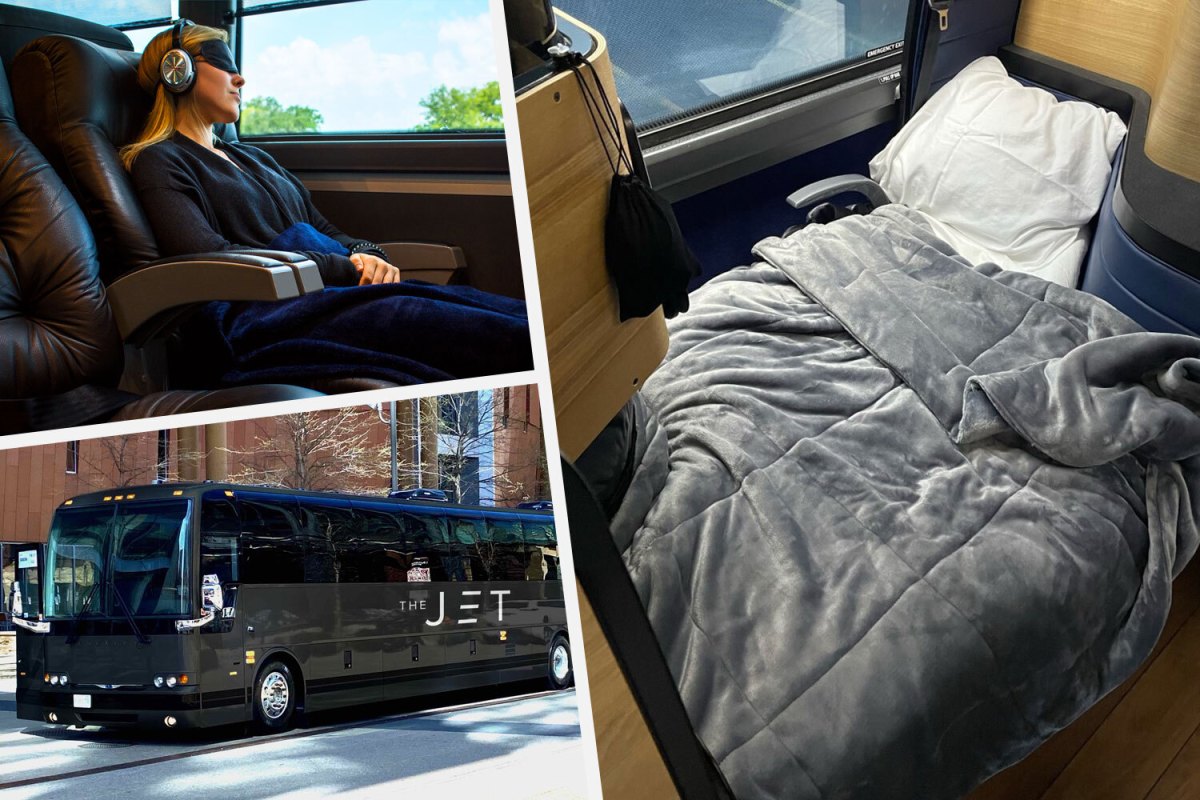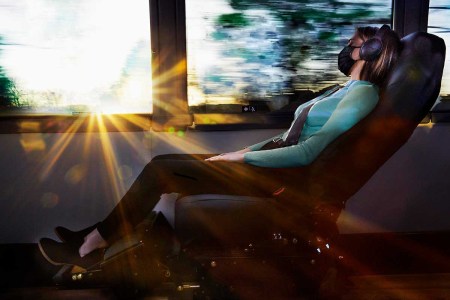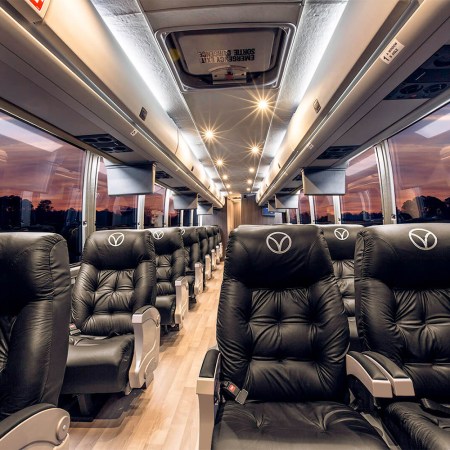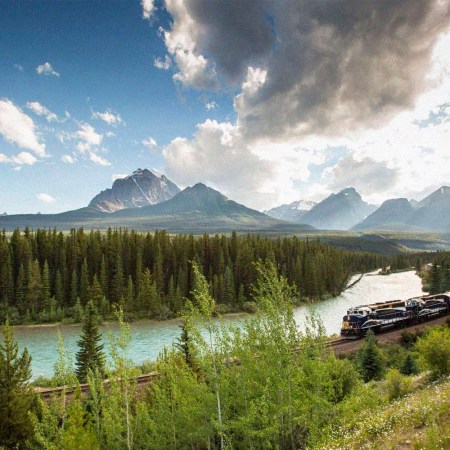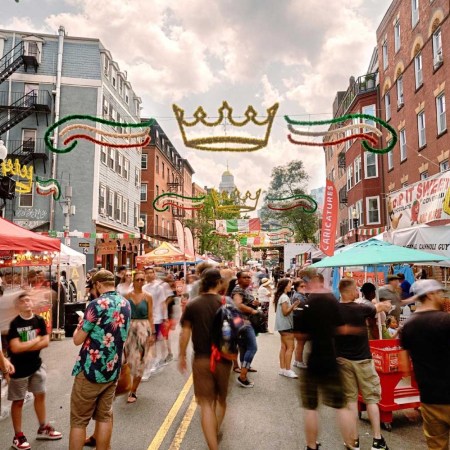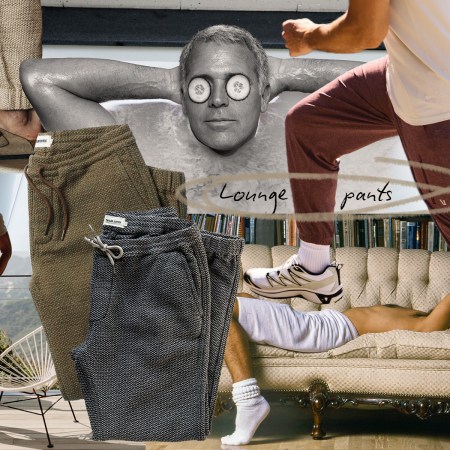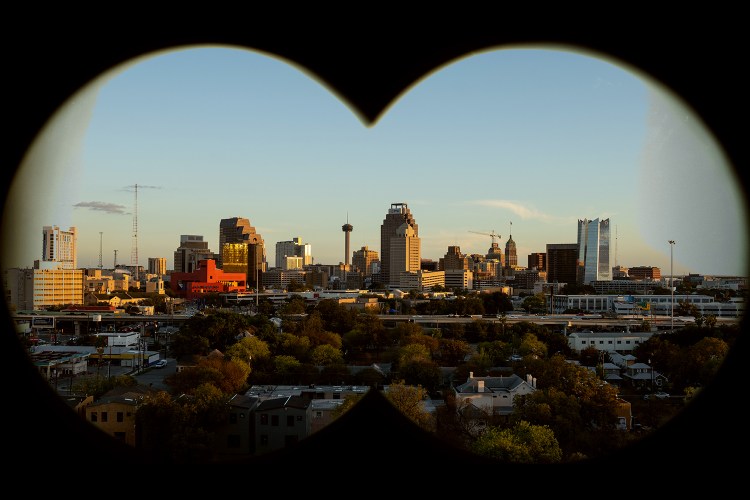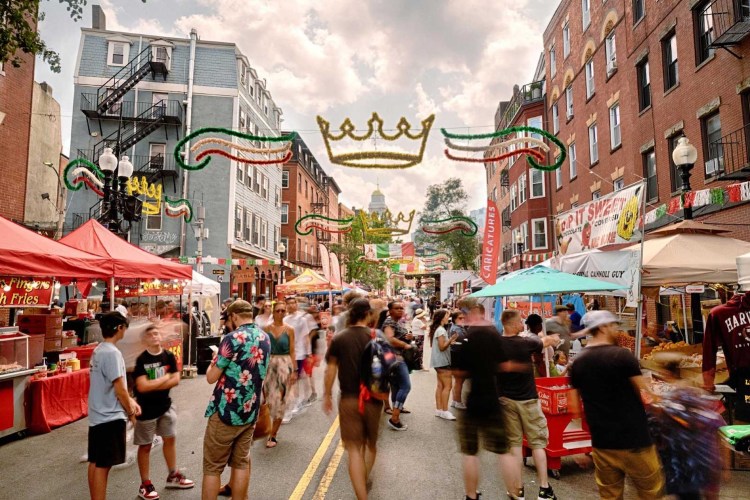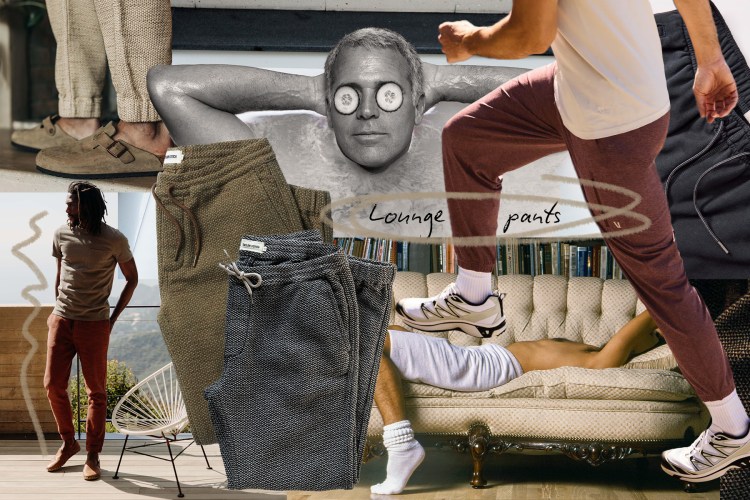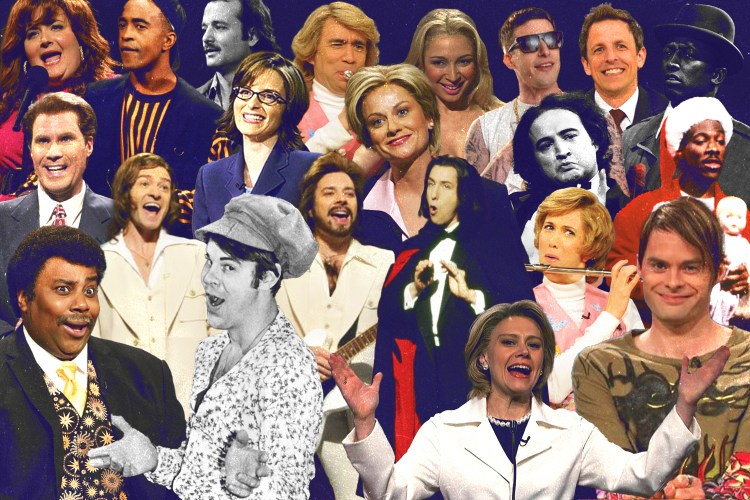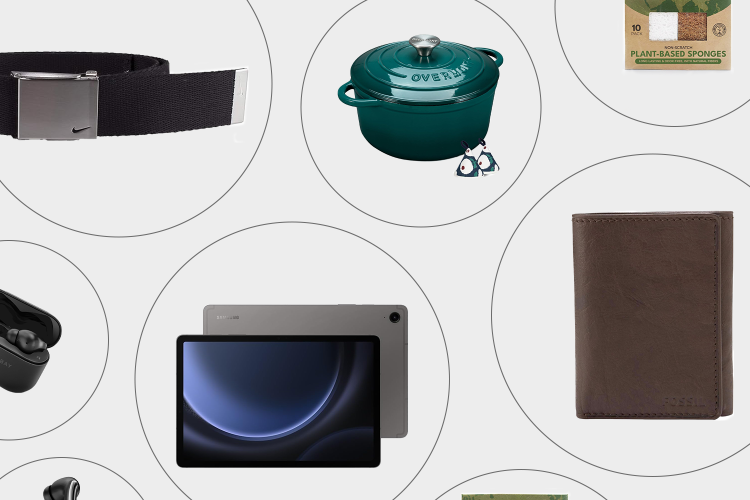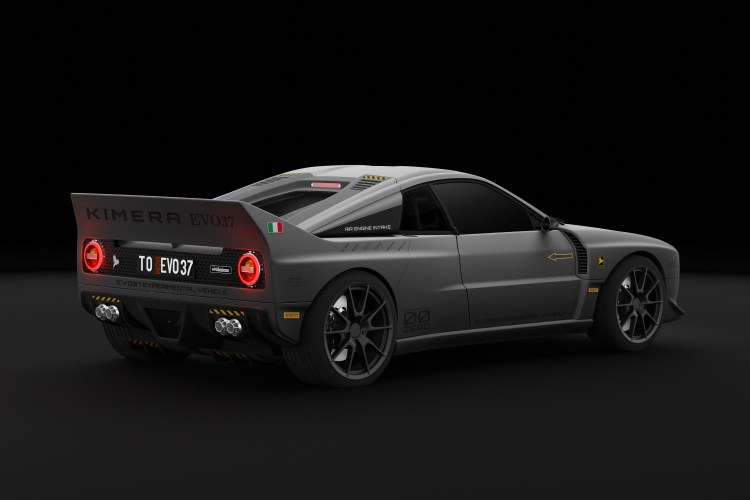Get a bunch of American transportation infrastructure enthusiasts in a room together, and it won’t be long before conversation turns to lamentations of the country’s stunted passenger rail. While it’s true that in comparison to European and Asian networks, Amtrak lags decades behind in terms of speed, reliability and amenities, what’s rarely mentioned is how poorly the United States maximizes the use of one of its strongest national resources: the interstate highway system.
There are 46,876 miles of asphalt currently crisscrossing the country, more than double the steel rails available to Amtrak. And yet, a failure of imagination has allowed mass transit along these roads — which, unlike passenger rail’s 500 or so available stations, lead to every conceivable destination — to fall into the depths of a low-buck nightmare. Despite moving twice as many passengers as Amtrak on an annual basis, the intercity bus market is viewed as a bargain basement penalty box at best, particularly on long-distance routes that stretch out over more featureless landscapes.
While the speed of air travel (which brings with it its own set of horrors) is likely to remain the mode of choice for making coast-to-coast jaunts bearable, there’s far less to recommend schlepping between relatively close metropolitan areas on a regional carrier, which compresses all of the same transcontinental dehumanizations into much smaller spaces. Factoring in early arrival for security clearance and endless departure delays, a “quick” flight between New York and Washington, D.C., or San Francisco and Los Angeles, easily extends into the same length of time it would take to travel those same miles on the ground.
It’s here that the promise of the American interstate lies waiting to be fully exploited by entrepreneurs bold enough to seize the initiative. It might be a heavy lift to raise the reputation of communal motorized travel above its current Megabus station, but that hasn’t stopped a number of companies from embracing the potential of full-on luxury buses that trade TSA lineups and pressurized tin cans for the smooth sailing of opulent land yachts.
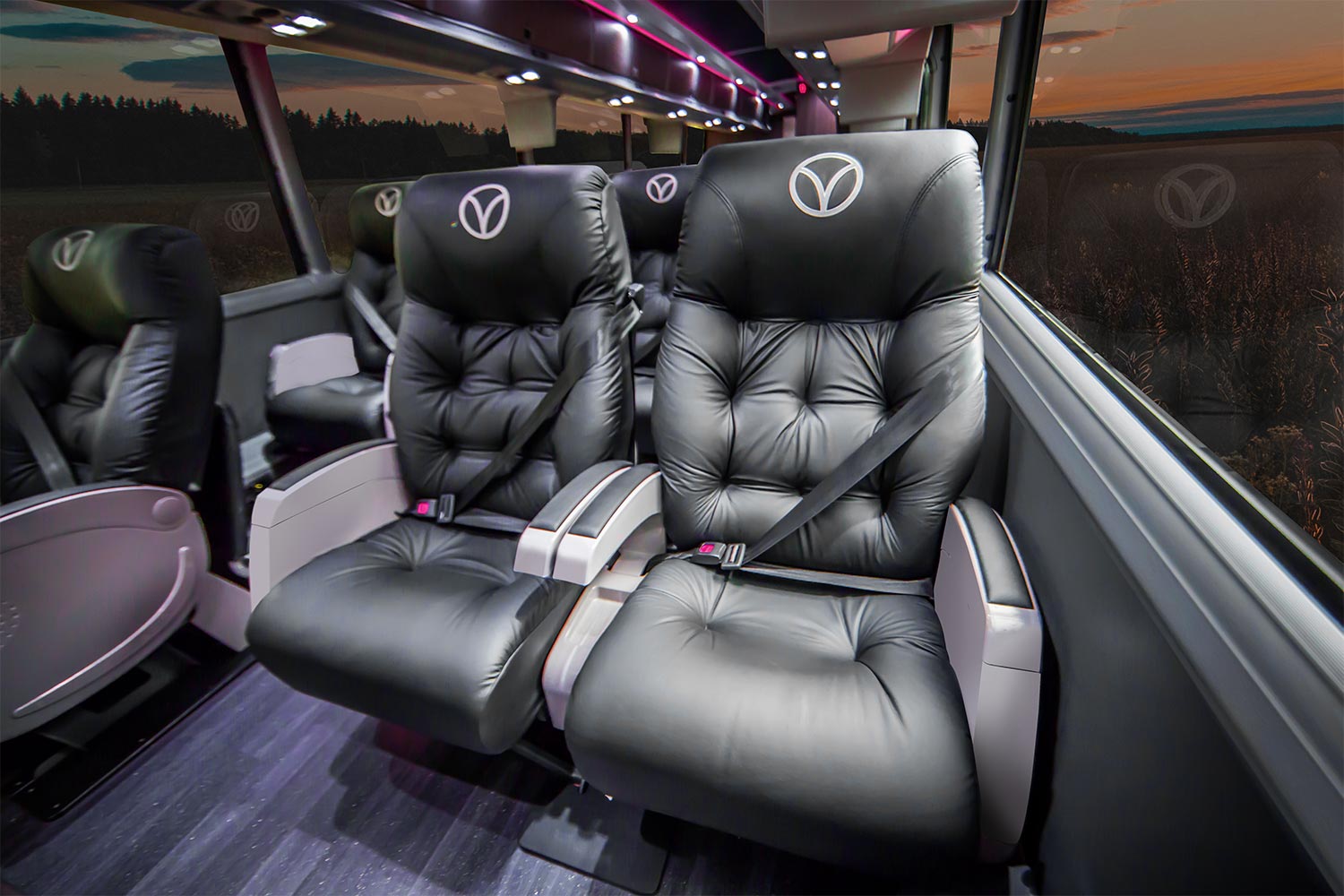
Bigger, Better, Buses
“Opulent” is the key word here, because let’s be honest: the only way to convince anyone to reconsider riding the bus as anything other than bush league is to up the available amenities well past what one would encounter front-of-cabin in a domestic airline. Given that cramped regional jets aren’t exactly known for their business-class charms, this is easily achieved when painting across a considerably larger, 10-wheeled canvas, especially once you start removing seats.
Personal space is a major sell for luxury bus brands, as true premium carriers don’t seek to stuff 56 riders cheek-to-jowl to replicate the worst sins of the jet age, but in fact cut the number of riders down to anywhere from 14 to 22, depending on the route. Accommodations are about as far from bolt-upright seatbacks as you can get, with various services having experimented with double-decker sleeping cabins, lie-flat privacy pods with memory foam mattresses, and even motion-canceling leather-wrapped seats (as experienced by one of InsideHook’s own riding from New York to D.C. aboard The Jet).
Review: We Tried the New “Luxury” Bus From New York to DC
The Jet hopes that high-tech reclining seats and free booze can make bus travel a viable train and plane alternativeWhat else lies in store for those brave enough to ignore decades of social conditioning and take a chance on an overachieving bus? Think stewards providing food and drink, both alcoholic and otherwise (as on Vonlane buses in Texas); a regularly-cleaned bathroom absent the arc of an airplane’s fuselage cranking your neck at an awkward angle; full air filtration at an atmospheric pressure that won’t implode your sinuses; and wifi service strong enough to actually stream Netflix. Forget cranky babies, too, as several luxury coach services have a lower age limit of between 6 and 8 years for the youngest passengers.
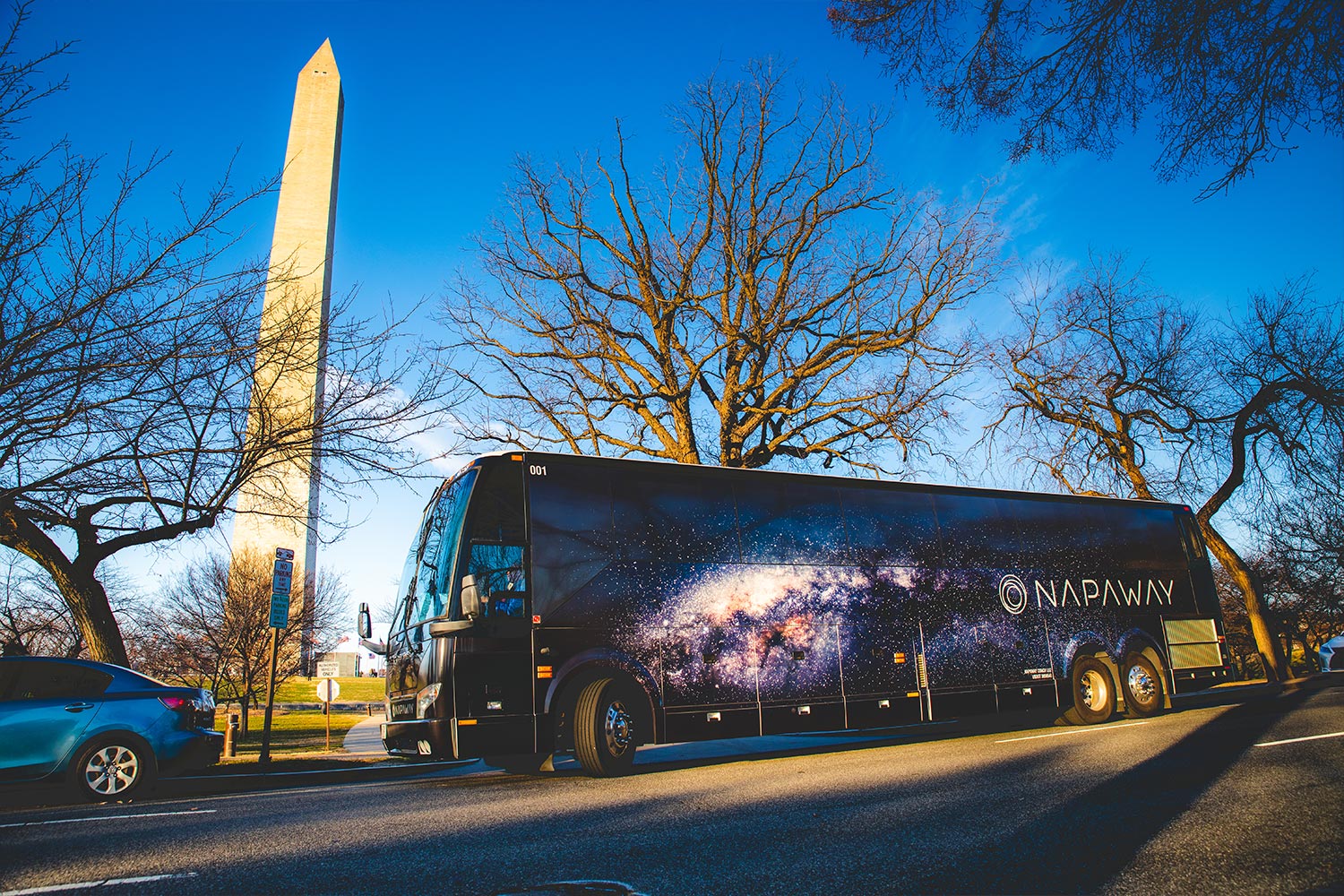
Less Than You’d Expect for Luxury
The price for all of the above generally starts at around $100 per ticket for a one-way trip (although some business travel-oriented operations such as RedCoach, which operates in Florida and Texas, provide day trip-style accommodations at a lower rate). That’s considerably less than the cost to fly once you take into account travel to and from an airport and the onerous fees attached to nearly every airline itinerary. The convenience of bus travel also extends to the departure and arrival points, which aren’t restricted to the hinterlands of a major metropolitan area. It’s easy for a luxury coach to begin and end its journey downtown, or near a major business center.
The prevalence of sleeper options reflects the fact that longer routes are typically run overnight. Napaway, for example, runs exclusively from Washington, D.C. to Nashville, TN, a 10-hour route that relies on passengers seeking shut-eye for the majority of the journey (hence the name). Driving through the inky black is often a safe strategy for avoiding traffic snarls, which remain an intractable problem for road access in major American cities, but not all carriers make the same night moves.
Shorter routes are often daytime affairs, which means being prepared for the occasional jam that could add an hour or so onto your itinerary. Still, congestion at the beginning and end of a journey is hardly unique to the road system, as anyone who’s ever been caught in a holding pattern above their home airport (or sat idle in a railway siding while miles of freight train rumbled past) can attest to.
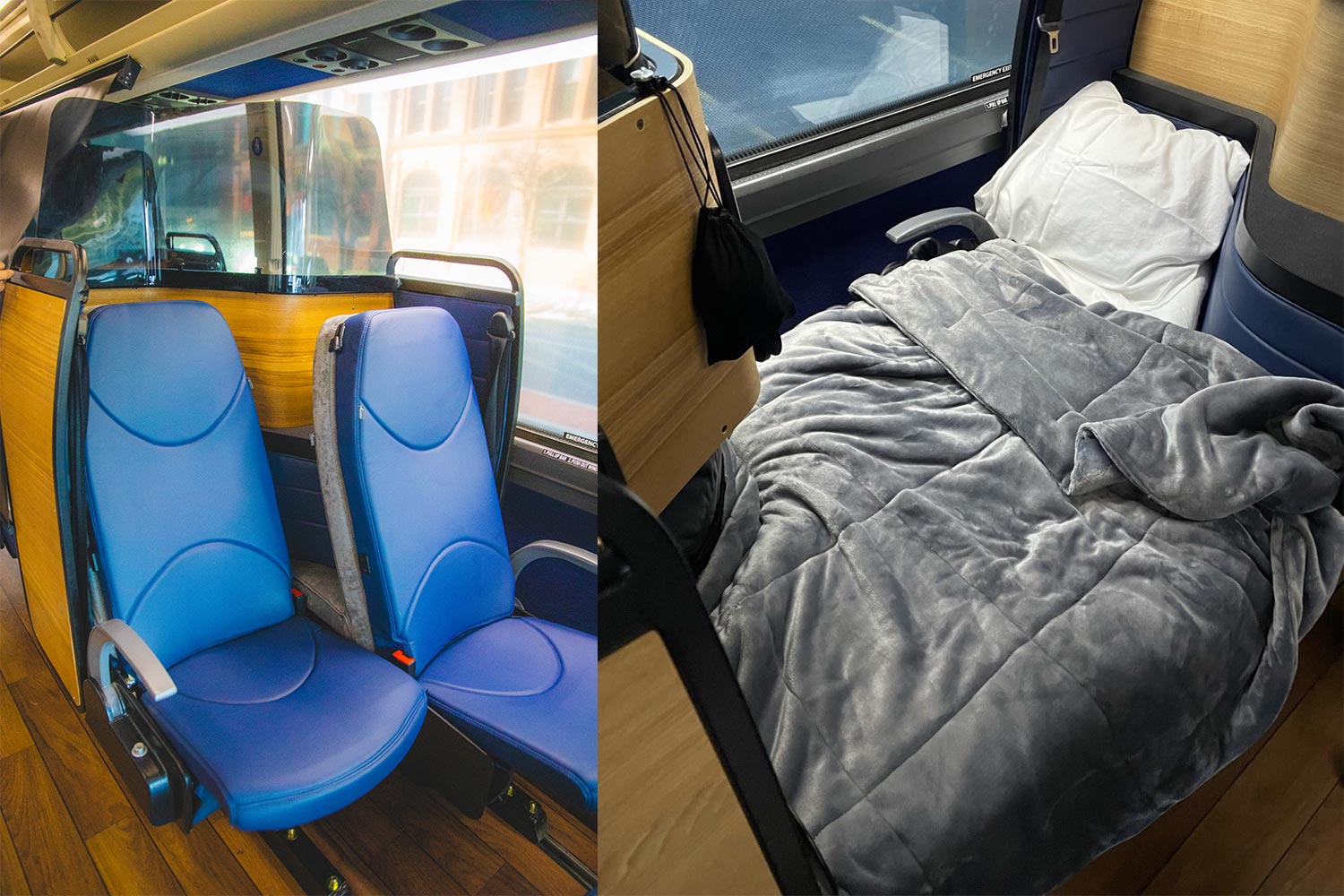
Getting Real About the Road Ahead
There are two ways to look at the current state American infrastructure. The first is to compare it to that which is available in other countries and complain about where it comes up short. The second is to refocus on how to best take advantage of where the United States comes out ahead and focus resources on getting the best possible return from it. The argument for unleashing a fleet of comfortable road-going galleons that allow passengers to eat up miles minus the brutalization of the soul that occurs at 37,000 feet has never been stronger.
Passenger rail isn’t expanding. Airlines are only making short-hop travel worse with each passing year. And yet the recent Bipartisan Infrastructure Law just dumped close to $60 billion dollars into improving roads and bridges across the entire country.
Interstates aren’t just an ace in the hole, but they’re about to get a whole lot better, too. Isn’t it time travelers updated their thinking to go along with them?
This article was featured in the InsideHook newsletter. Sign up now.
